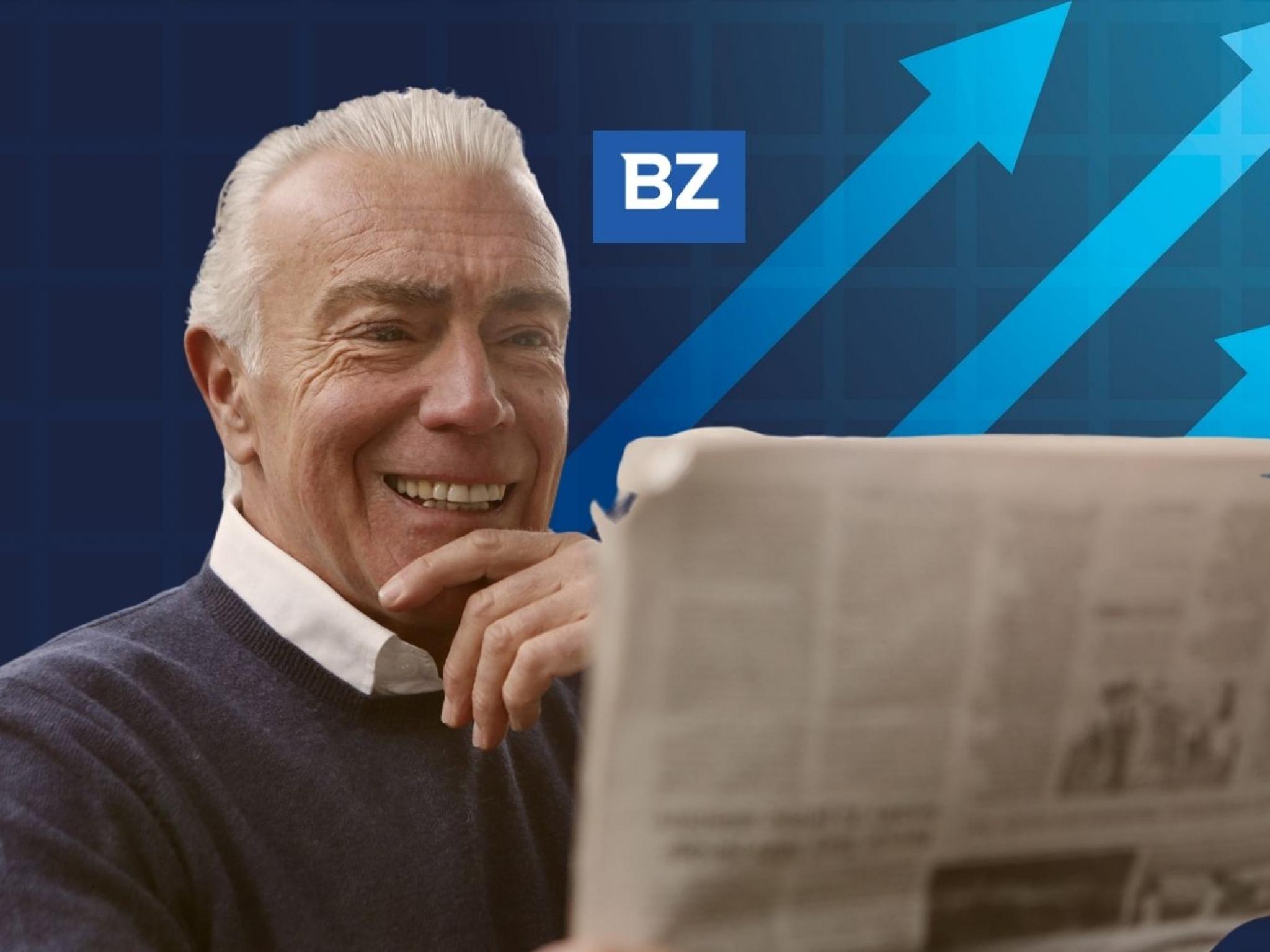
Millions of dollars exchange hands every day through price action between active investors and day traders, and huge money managers transfer stocks in portfolios to stay ahead of economic trends and maximize value for their clients.
Though, according to an S&P Indices versus Active (SPIVA) scorecard, only 9.97% of funds outperformed the broad market S&P 500 over the past 10 years, which generated 16.4% returns over that time.
That begs the question, is passive investing the best way to financial freedom?
While passive methods usually include buying shares of index funds or exchange-traded funds (ETFs) that attempt to match the performance of market indices, such as the S&P 500 or Nasdaq, active investing typically concentrates on individual equities.
There are several advantages and methods for generating passive income. Mutual funds, REITs, real estate, peer-to-peer lending, and side businesses are a few examples of potential sources of additional cash flow for investors.
Passive investing doesn't require daily attention because it's a set-it-and-forget-it strategy that just seeks to match market performance. This results in fewer transactions and, in most situations, significantly cheaper fees, particularly when money is involved.
Being less vulnerable to market trends than an active investor is another advantage of passive investing. Consider the investment loss for those who bought Tesla Inc. (NASDAQ:TSLA) shares at the beginning of the year. Elon Musk's EV company is down over 55% since January.
One of the simplest ways to get started and take advantage of passive investing is through a 401(k).
Through a 401(k), an employer-sponsored retirement plan that offers investment options like mutual funds and ETFs, you may already be making passive investments.
Passive funds might be a preferable option for an investor who lacks the time to examine active funds and doesn't have a financial advisor.
Additionally, passive funds provide a cheap method to gain exposure to specific industries or geographic areas for investors who are prepared to be at least slightly involved in their investments, without having to spend the time to thoroughly analyze active funds or individual stocks.
However, it is not a binary decision, some investors have created diversified portfolios that include active funds they are familiar with, along with passive funds that invest in markets they are less familiar with.
Check out Benzinga's Personal Finance page.







